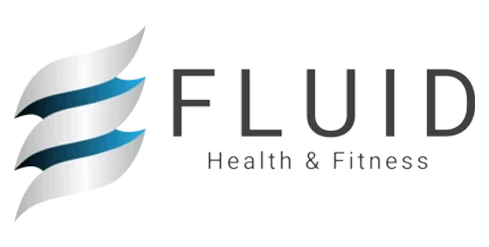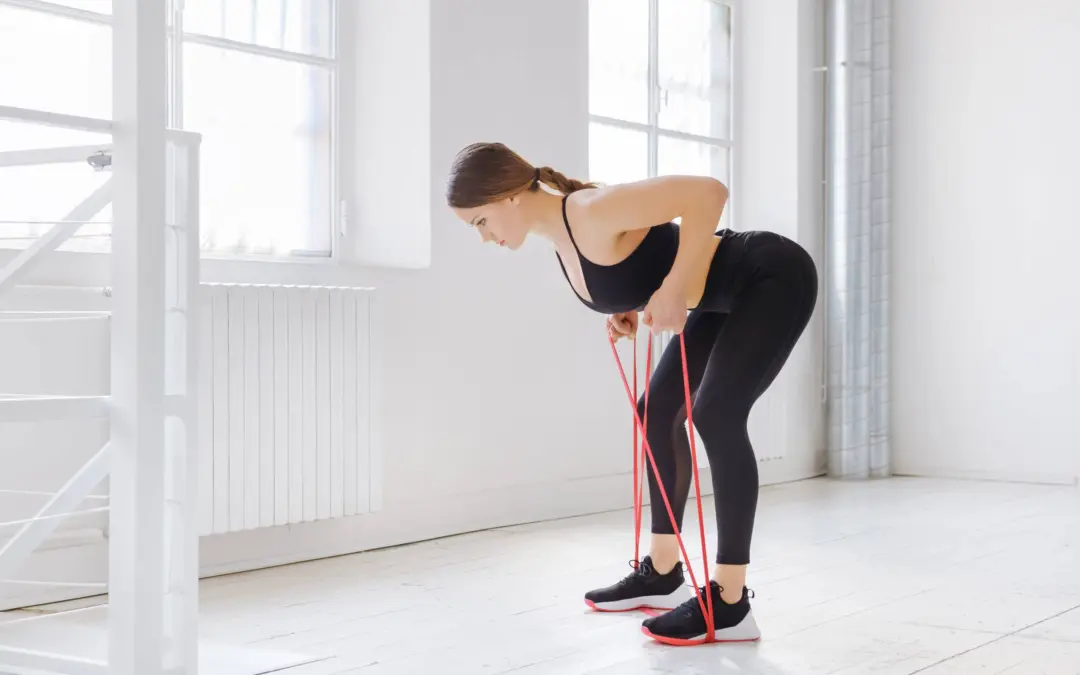Introduction
Week 10 of the Applied Fundamentals course at Fluid Health and Fitness advanced the application of transverse plane biomechanics with a focus on the scapulothoracic/glenohumeral complex, lumbopelvic sacroiliac region, and the ankle-foot complex. This week continued the theme of rotational control in stance, reinforcing how each segment manages torsional forces while preserving joint integrity and kinetic efficiency.
As always, Fluid’s mantra of structure before conditioning, movement quality before intensity guided instruction. Rotation, though subtle in stance, demands coordinated stability and precision from top to bottom.
Why It Matters
Transverse plane stance mechanics determine how rotational loads are stabilized through the spine, pelvis, and extremities. Misalignments, limited mobility, or weak stabilizers lead to excessive strain, compensatory patterns, and reduced performance. Mastery allows for smoother turning, more efficient gait, and better upper and lower body integration.
Step-by-Step Breakdown of Week 10
|
Day |
Focus Area |
Objective |
|
Day 1 |
Scapulothoracic & Glenohumeral |
Stabilize and align the shoulder girdle during transverse stance. |
|
Day 2 |
Lumbopelvic & Sacroiliac |
Maintain core alignment and coordinate pelvic rotation. |
|
Day 3 |
Ankle & Foot Complex |
Control subtalar rotation and support full-body balance. |
Core Concepts Reinforced
- Scapulothoracic & Glenohumeral Mechanics (Day 1)
- Neutral ST Position: Slight upward rotation (~5–10°), retraction, posterior tilt.
- GH Centering: Humeral head positioned in glenoid with controlled rotation.
- Primary Movements:
- Scapular Protraction/Retraction: Enables counter-rotation and forward reach.
- GH Internal/External Rotation: Aligns arm for across-body or overhead motion.
- Key Muscles:
- Protraction: Serratus anterior, pec minor.
- Retraction: Rhomboids, mid-traps.
- IR: Subscapularis, pec major.
- ER: Infraspinatus, teres minor.
- Common Dysfunctions: Scapular winging, excessive protraction, GH misalignment.
- Lumbopelvic & Sacroiliac Stability (Day 2)
- Lumbar Mechanics: Minimal rotation (~5–10°), supported by obliques and multifidus.
- Pelvic Function: Rotates subtly to transmit force while staying level.
- SI Joint Motion: Nutation (sacral tilt forward) and counternutation support rotation (~1–4°).
- Key Muscles:
- Lumbar: Obliques (contralateral), transverse abdominis, erector spinae.
- Pelvic Rotators: Glute max, iliopsoas, adductors.
- Stabilizers: Multifidus, pelvic floor, ligaments.
- Common Dysfunctions: Excessive lumbar twist, pelvic drop, SI instability.
- Ankle & Foot Transverse Control (Day 3)
- Joint Alignment:
- Ankle (talocrural): Vertical tibia over talus, slight rotation.
- Subtalar: Balances pronation/supination forces.
- Key Movements:
- Subtalar Pronation: Eversion + abduction (tibia internally rotates).
- Supination: Inversion + adduction (tibia externally rotates).
- Tibial Rotation: Aligns foot/knee mechanics.
- Forefoot Motion: Abduction/adduction supports balance.
- Muscle Actions:
- Pronation: Peroneus longus/brevis.
- Supination: Tibialis posterior/anterior.
- Tibial Rotation: Popliteus, hamstrings, gastroc.
- Common Dysfunctions: Overpronation, restricted rotation, poor proprioception.
Preparation: Postural Checks and Movement Awareness
- Day 1: Assess shoulder symmetry, scapular motion during trunk turns.
- Day 2: Observe pelvic motion and trunk alignment during gait.
- Day 3: Monitor foot rotation and arch control in stance.
Corrective Drills and Neuromuscular Training
- Scapulothoracic/GH (Day 1)
- Wall slides, resistance band rows, Y/T/W holds.
- Serratus activation drills, scapular clocks.
- GH IR/ER mobility with tubing or dumbbells.
- LPSI Region (Day 2)
- Lumbar/pelvic mobility: Cat-cow, dynamic tilts.
- Strength: Pallof presses, bird dogs, side planks.
- Neuromuscular control: Cable rotations, single-leg stance.
- Ankle & Foot (Day 3)
- Mobility: Ankle circles, side-to-side shifts.
- Strength: Short foot drills, resisted inversion/eversion.
- Proprioception: Barefoot wobble board work, balance paths.
Aftercare: Real-World Application
- Encourage transverse plane awareness during walking, sports, and dynamic tasks.
- Cue scapular control during rotation-based lifts.
- Reinforce pelvic and tibial rotation in lunges and step-ups.
- Maintain foot alignment during pivoting and cutting drills.
Checkpoint Questions
- What stabilizes GH rotation during trunk turns?
- How does SI joint motion aid in force transfer?
- Why is tibial rotation critical to foot control?
- What happens when scapular retraction is weak in rotation?
Conclusion
Week 10 reinforced the rotational demands of the transverse plane from top to bottom. By understanding how the shoulder girdle, core, and foot function in stance, you create a more integrated, resilient system. Effective movement in the transverse plane protects against breakdowns in other planes and boosts athletic readiness.
Rotate with control. Stabilize with intent. Align the chain from shoulder to foot.



